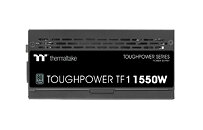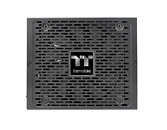
Intel "Raptor Lake" Hits 8 GHz Under Extreme Cooling
The upcoming Intel 13th Gen Core "Raptor Lake" promises to be an overclocker's delight, with an extreme overclocking feat surfacing of an astounding 8 GHz overclock of the chip. There are several riders to this feat. The most obvious being that an engineering sample (and not a retail chip), was used. Extreme cooling, such as liquid-nitrogen was used to keep the feisty chip cool. All 16 of its E-cores were disabled, and the 8 P-cores had HyperThreading disabled.
A stunning 1.792 V core voltage was used, to get the clock speed up to 8000 MHz, with an 80.0 multiplier and 100 MHz base clock. This would be the first Intel processor in around a decade to hit the 8 GHz-mark, with the last one being the i7-5775C "Broadwell." The clock-speed leaderboard is dominated by the AMD FX-8350 and FX-8150, with the unbeaten record being The Stilt's 8772 MHz.
A stunning 1.792 V core voltage was used, to get the clock speed up to 8000 MHz, with an 80.0 multiplier and 100 MHz base clock. This would be the first Intel processor in around a decade to hit the 8 GHz-mark, with the last one being the i7-5775C "Broadwell." The clock-speed leaderboard is dominated by the AMD FX-8350 and FX-8150, with the unbeaten record being The Stilt's 8772 MHz.





























































